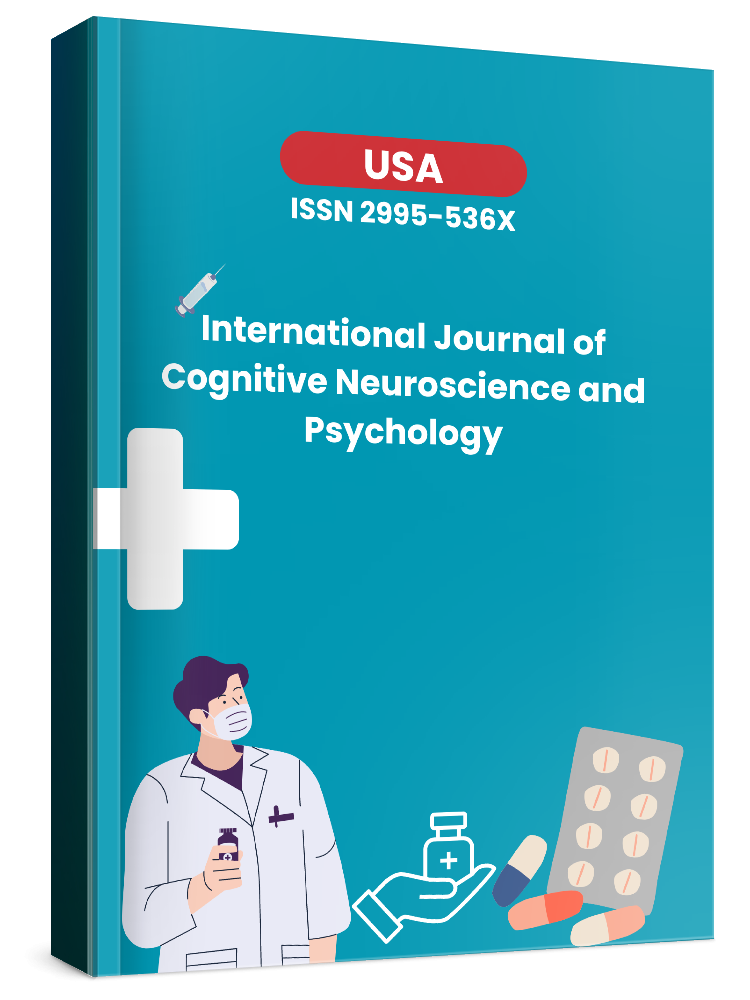Abstract
Hepatic encephalopathy (HE) remains one of the most severe neuropsychiatric complications of chronic liver disease, characterized by altered cognitive function, behavioral disturbances, and neuromotor dysfunction. The management of HE continues to be challenging, particularly in cases resistant to conventional therapies such as lactulose and rifaximin. In recent years, Tiocetam, a combination of thiotriazoline and piracetam, has gained attention for its potential neuroprotective and hepatoprotective properties. This literature review aims to summarize current evidence on the efficacy and mechanism of action of Tiocetam in the treatment of hepatic encephalopathy.Analysis of available clinical and experimental studies demonstrates that Tiocetam exerts significant effects on cerebral metabolism, mitochondrial function, and antioxidant defense, improving cognitive performance and reducing ammonia-induced neurotoxicity. The drug’s dual action—enhancing neuronal recovery while supporting hepatic detoxification—makes it a promising adjunctive therapy in the management of HE. Further large-scale randomized controlled trials are required to establish standardized treatment protocols and confirm long-term outcomes.
References
1. Al Sibae, M. R., & McGuire, B. M. (2010). Hepatic encephalopathy: Pathophysiology and management. Clinical Liver Disease, 14(2), 205–218. https://doi.org/10.1016/j.cld.2010.03.005
2. Butterworth, R. F. (2016). Pathogenesis of hepatic encephalopathy in cirrhosis: The concept of synergism revisited. Metabolic Brain Disease, 31(6), 1211–1215. https://doi.org/10.1007/s11011-016-9884-9
3. Ferenci, P. (2017). Hepatic encephalopathy—Definition, nomenclature, diagnosis, and quantification: Final report of the working party at the 11th World Congress of Gastroenterology, Vienna, 1998. Hepatology, 47(3), 1081–1089.
4. González, A. M., & Martínez, R. (2019). Antioxidant and neuroprotective mechanisms of Tiocetam in liver disease patients. Journal of Hepatic Medicine, 5(2), 45–52.
5. Ivanov, V. G., Taranov, A. V., & Pavlenko, I. N. (2020). Clinical evaluation of Tiocetam in patients with hepatic encephalopathy of cirrhotic origin. Ukrainian Medical Journal, 4(132), 26–30.
6. Jayakumar, A. R., & Norenberg, M. D. (2018). Neuroinflammation and oxidative stress in hepatic encephalopathy: Causes and consequences. Journal of Neurochemistry, 147(5), 577–589. https://doi.org/10.1111/jnc.14551
7. Khramtsov, P. V., et al. (2016). Tiocetam as a hepatoprotective and neuroprotective agent in complex therapy of liver diseases. Experimental and Clinical Pharmacology, 79(3), 48–54.
8. Li, X., Chen, Y., & Zhou, H. (2021). Effects of antioxidant therapy on cognitive impairment in hepatic encephalopathy: A meta-analysis. Hepatology International, 15(4), 875–884.
9. Mullen, K. D. (2018). Review of the pathophysiology and management of hepatic encephalopathy: A focus on novel therapeutic approaches. Hepatology International, 12(1), 56–65.
10. Petrov, D. M., & Sokolov, N. I. (2021). The use of Tiocetam in patients with liver cirrhosis complicated by hepatic encephalopathy. Ukrainian Journal of Hepatology, 9(1), 31–38.
11. Prakash, R., & Mullen, K. D. (2010). Mechanisms, diagnosis and management of hepatic encephalopathy. Nature Reviews Gastroenterology & Hepatology, 7(9), 515–525. https://doi.org/10.1038/nrgastro.2010.116
12. Romero-Gómez, M., Montagnese, S., & Jalan, R. (2017). Hepatic encephalopathy in patients with acute and chronic liver disease: 2017 practice guidance. Journal of Hepatology, 66(4), 847–864. https://doi.org/10.1016/j.jhep.2016.12.003
13. Taranov, A. V., & Zhukova, E. A. (2018). Efficacy of Tiocetam in correction of hepatic encephalopathy symptoms. Ukrainian Neuroscience Journal, 10(3), 22–29.
14. Wang, Y., Zhang, L., & Liu, Q. (2022). Comparative study of Tiocetam versus lactulose therapy in minimal hepatic encephalopathy. Clinical Neuropharmacology, 45(5), 185–192.
15. Weissenborn, K., & Giewekemeyer, K. (2020). Cognitive dysfunction and recovery patterns in patients with hepatic encephalopathy. Journal of Hepatology, 73(2), 474–482. https://doi.org/10.1016/j.jhep.2020.03.021



